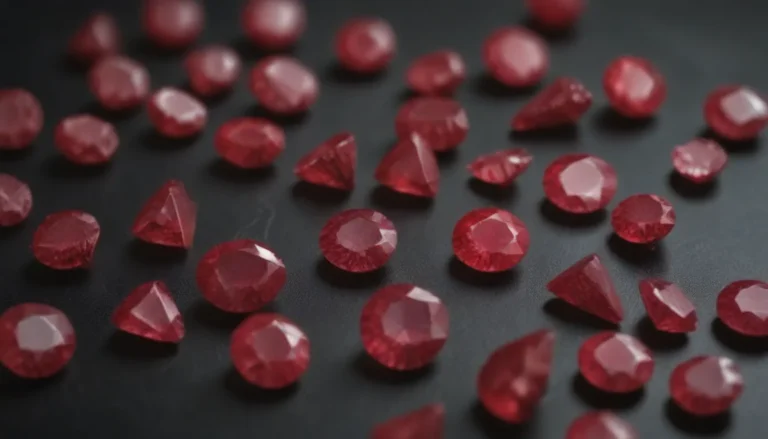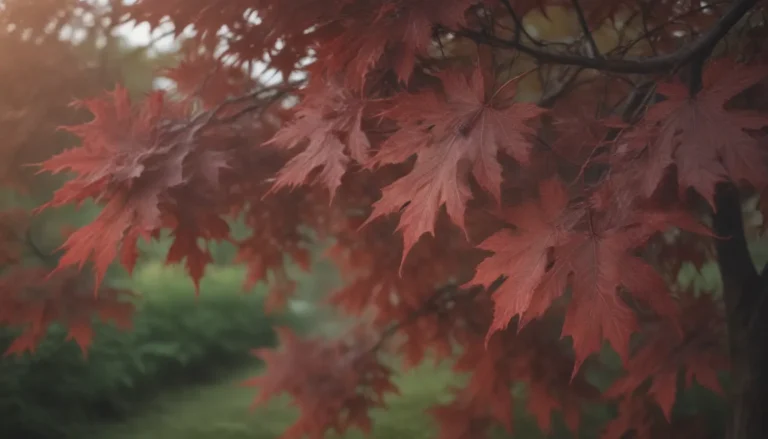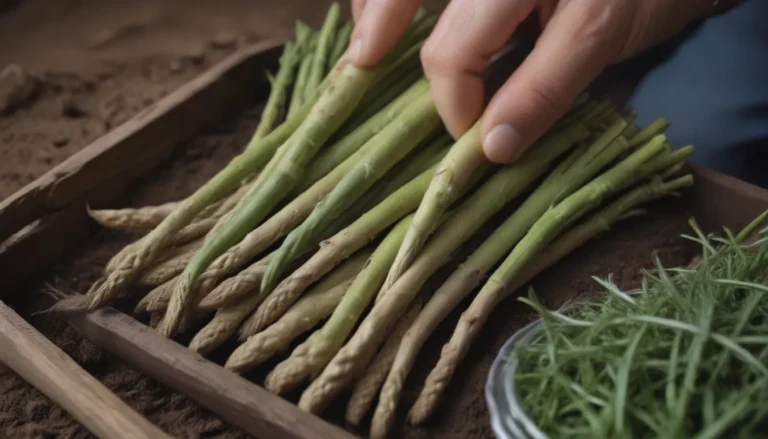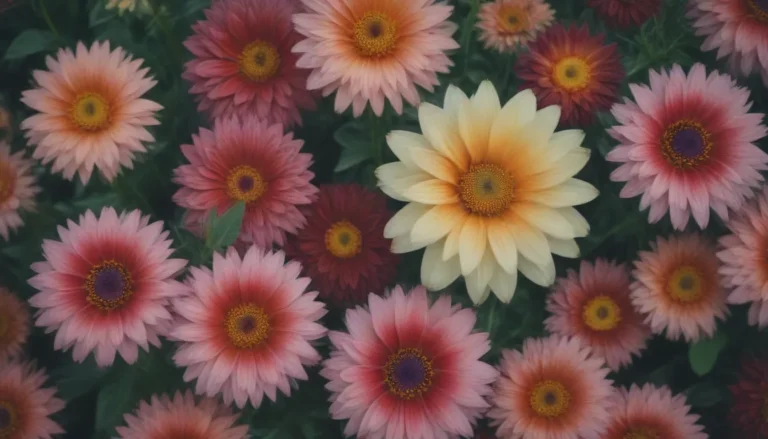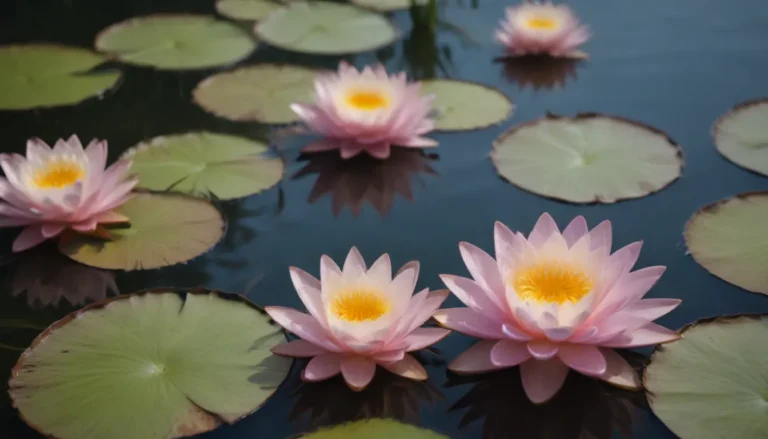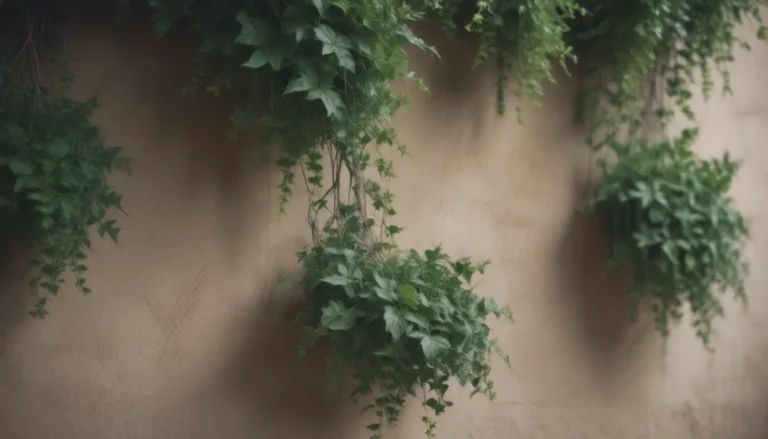The Ultimate Guide to Growing and Caring for Mistletoe
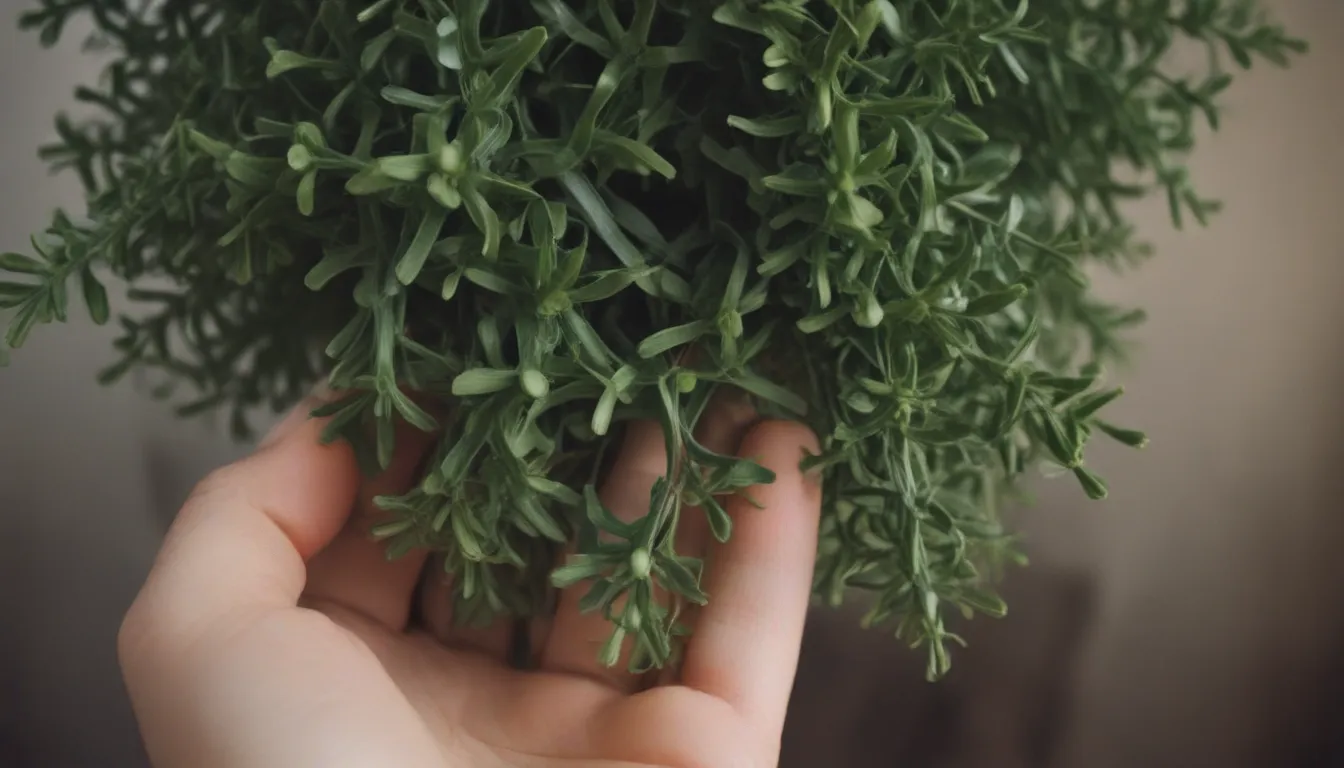
Welcome to our comprehensive guide on how to grow and care for mistletoe! Mistletoe, a festive symbol of the holiday season, is a fascinating and unique plant with a rich history. In this article, we will explore everything you need to know about growing and maintaining mistletoe, from selecting the right host tree to pruning and propagation techniques. So grab a cup of hot cocoa and let’s dive into the magical world of mistletoe!
Understanding Mistletoe: A Parasitic Evergreen
Did you know that there are more than 1,000 species of mistletoe found worldwide? All mistletoe plants are parasitic broadleaf evergreens that attach themselves to the branches of other trees and shrubs. They grow in loose twiggy balls via a root-like structure called a haustorium, which absorbs nutrients and moisture from the host plant. While mistletoe can be harmful to trees if left unchecked, it also provides a traditional and festive decoration for the holiday season.
Why Grow Mistletoe?
Before you decide to plant mistletoe, it’s important to understand the benefits and drawbacks. Mistletoe adds a unique touch to your holiday décor, but it can also be unsightly and potentially damaging to trees. If you’re willing to keep the plant in check, mistletoe can be a charming addition to your home during the holiday season.
Planting Mistletoe
If you’re ready to grow your own mistletoe, the best strategy is to find berries from an existing plant and carefully mash them into the bark of a suitable tree in late fall or early winter. Most mistletoe species have a moderate-to-slow growth rate, so be patient as your plant matures. Remember that mistletoe is toxic to people and pets, so handle it with care.
Mistletoe Care Tips
Once you’ve planted your mistletoe, it’s important to provide proper care to ensure its health and longevity. Here are some essential mistletoe care tips to keep in mind:
- Host Tree Selection: Choose a healthy host tree of a species known to support mistletoe, such as oak, maple, or ash.
- Pruning: Regularly prune mistletoe to prevent heavy balls from damaging tree limbs.
- Light: Mistletoe plants do best in full or partial sun locations for optimal nutrient absorption.
- Water: Mistletoe receives water from the host tree, so no additional watering is required.
- Temperature and Humidity: American mistletoe thrives in USDA cold hardiness zones 5 to 9 with temperate conditions.
Types of Mistletoe Plants
There are at least 30 types of mistletoe found in North America, including native and naturalized species. Some common varieties include:
- American mistletoe (Phoradendron leucarpum)
- European mistletoe (Viscum album)
- Big leaf mistletoe (Phoradendron tomentosum ssp. macrophyllum)
- Dwarf mistletoe (Arceuthobium spp.)
Managing Mistletoe: Pruning and Propagation
As mistletoe plants grow, they can develop into heavy balls that may damage tree limbs. Regular pruning is essential to prevent this and maintain the plant’s health. If you need to remove unwanted mistletoe, cutting it back to the base and covering it with plastic or using herbicides can help eradicate it permanently. Propagating mistletoe can be tricky, so ensure you have the right conditions and a suitable tree host before attempting to propagate your plant.
Common Pests and Diseases
Mistletoe is not prone to serious pest or disease problems, as it is often considered an undesirable weed. However, it’s important to monitor your plant for any signs of distress and address any issues promptly.
How to Encourage Mistletoe to Bloom
If you’re interested in harvesting mistletoe sprigs with berries for holiday décor, you’ll need to encourage your plant to bloom. Mistletoe flowers in later winter or early spring, with berries ripening in early winter. Providing plenty of sunlight can help promote flowering and berry development.
The Symbolism of Mistletoe
Mistletoe has a long history of symbolism and folklore. In Norse mythology, mistletoe is said to have caused the death of the god Baldur, leading to its association with love and fertility. The tradition of kissing under the mistletoe likely originated in England in the 18th century, adding a romantic touch to holiday celebrations.
In conclusion, growing and caring for mistletoe can be a rewarding experience, adding a touch of magic to your holiday season. By following these tips and guidelines, you can enjoy the beauty of mistletoe while ensuring the health of your host tree. So hang a sprig of mistletoe with care, and who knows, you might just find yourself sharing a kiss under its leaves this holiday season!
